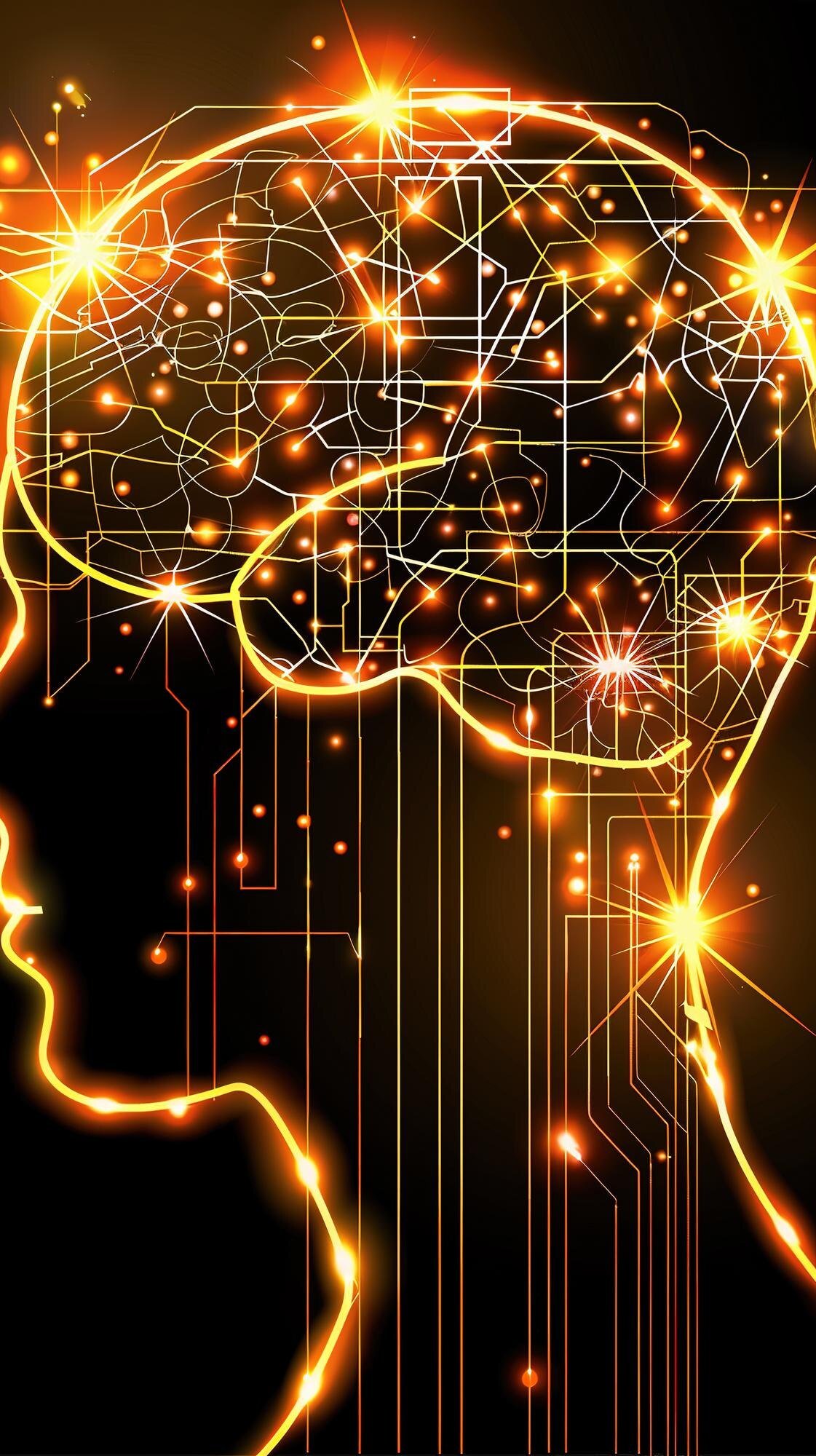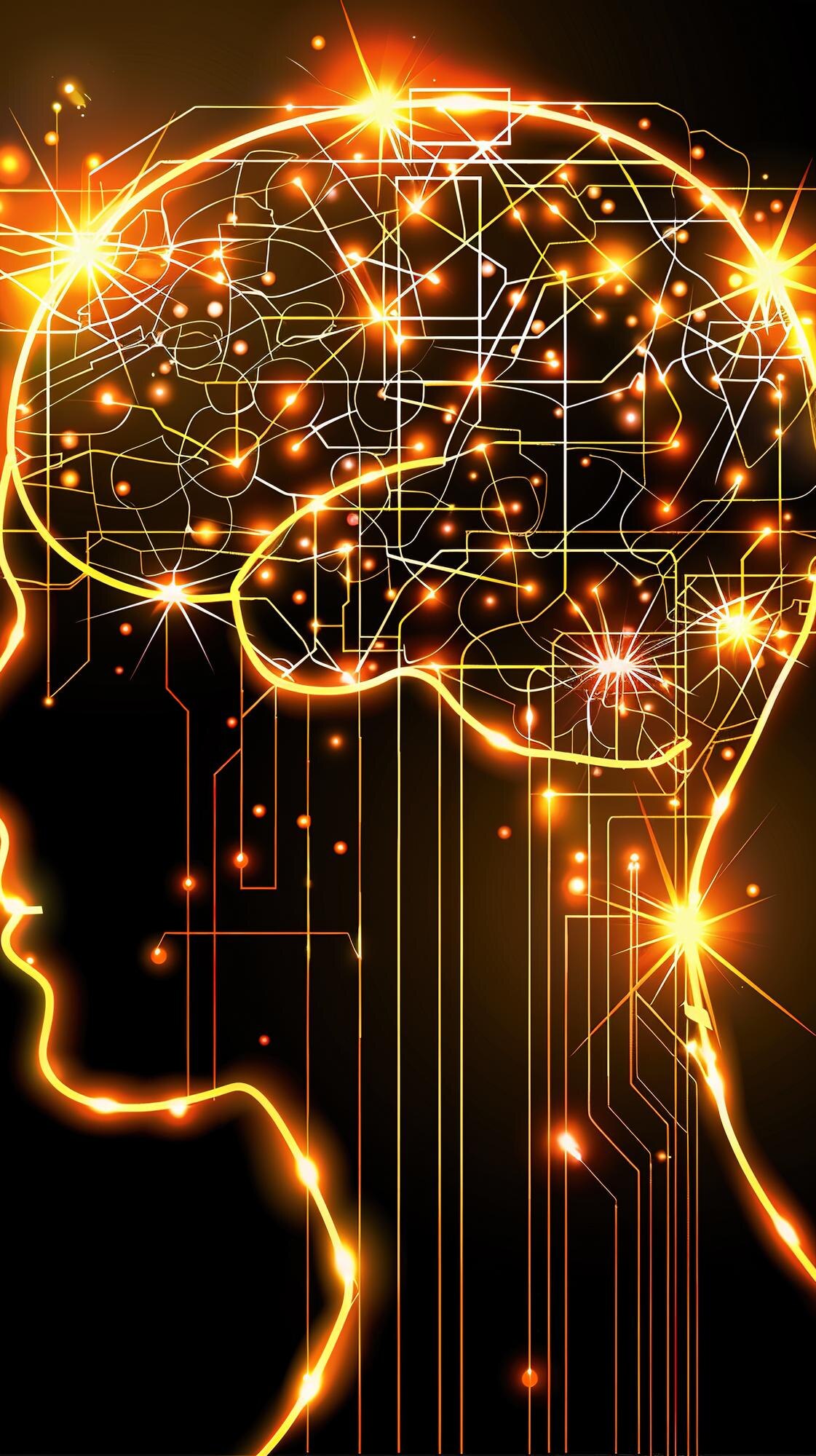
The Science Behind Compulsive Behaviors: Understanding Your Brain’s Survival Mechanism
Forget everything you know about compulsive behaviors. You’re not flawed, you’re using your brain’s survival mechanism to cope with pain. It’s not your fault, but it is within your power to change. Imagine swapping self-doubt for self-trust and emotional numbness for deep healing. VK Circle offers a unique path that transforms these survival instincts into empowerment. Ready to reclaim your life? Discover how VK Circle can help you transform survival mechanisms into pathways of empowerment. Schedule a free consultation today.
Understanding Compulsive Behaviors

Compulsive behaviors often stem from deep-rooted mechanisms in our brain designed for survival. They are not indicators of personal failure but responses to emotional pain. Understanding these behaviors is the first step toward healing and empowerment.
Brain’s Survival Mechanism
The brain’s survival mechanism is a powerful force. Compulsive behaviors often arise as a means to cope with perceived threats or emotional distress. In essence, the brain seeks to protect itself, using these behaviors as a shield against pain.
Consider a scenario: when faced with stress, some may turn to food as a source of comfort. This is not just a lack of willpower but a biological response aimed at self-preservation. The brain releases chemicals that temporarily soothe the distress, reinforcing the behavior.
Trigger Identification: Recognize what initiates compulsive responses.
Behavioral Analysis: Understand how these actions serve as coping mechanisms.
Pattern Recognition: Identify recurring patterns in behavior to address root causes.
By acknowledging the brain’s intent to protect, we can approach compulsive behaviors with greater empathy and clarity.
The Role of Emotional Pain
Emotional pain plays a crucial role in the development of compulsive behaviors. When emotional distress becomes overwhelming, individuals often seek ways to numb the pain temporarily. These behaviors become a refuge, albeit a fleeting one.
Consider emotional eating as an example. For some, food becomes a way to momentarily escape feelings of inadequacy or stress. The act serves as a distraction, providing instant gratification instead of addressing underlying issues.
Emotional pain triggers a need for immediate relief.
Compulsive actions provide temporary solace, masking deeper problems.
Long-term emotional healing begins by facing these emotions head-on.
By understanding the link between emotional pain and compulsive behaviors, we can unlock pathways to genuine healing and transformation.
Pathways to Emotional Healing

Healing from compulsive behaviors involves a journey from self-hate to self-love and developing trust in oneself. These shifts are essential components in breaking free from the cycle of compulsion.
Shifting from Self-Hate to Self-Love
The transition from self-hate to self-love is fundamental in achieving emotional healing. Self-hate often accompanies compulsive behaviors, feeding the cycle of guilt and shame. To break this cycle, cultivating self-love is essential.
Begin by recognizing your intrinsic worth. It’s a journey of acknowledging that your value is not defined by your compulsive actions. Every effort you make toward healing is a step toward loving yourself more deeply.
Affirmations: Use positive affirmations to reinforce self-worth.
Mindful Practices: Engage in activities that promote self-care and compassion.
Support Systems: Surround yourself with individuals who encourage growth and positivity.
By nurturing self-love, you create a foundation for sustainable emotional healing.
Cultivating Self-Trust and Clarity
Developing self-trust and clarity is paramount in overcoming compulsive behaviors. When trust in oneself is compromised, doubt and uncertainty thrive, fueling the compulsion cycle.
Start by setting small, achievable goals. Success in these endeavors rebuilds trust in your abilities and decisions. Over time, clarity emerges, helping you discern between genuine needs and compulsive urges.
Set Realistic Goals: Begin with achievable targets to build confidence.
Reflect Regularly: Take time to evaluate progress and adjust as necessary.
Celebrate Milestones: Acknowledge achievements to reinforce self-trust and motivation.
Cultivating self-trust and clarity allows for a more grounded approach to navigating emotions and behaviors.
Empowerment with VK Circle

VK Circle provides empowerment by offering tools and support to turn survival mechanisms into pathways of healing. This approach emphasizes emotional clarity and self-love without judgment or clinical labels.
The Heal Your Life Approach
The Heal Your Life methodology is at the core of VK Circle’s approach to emotional healing. It offers a framework for transforming negative patterns into positive growth. The focus is on self-awareness, emotional clarity, and empowerment.
With VK Circle, individuals learn to identify and release limiting beliefs. The method encourages a shift from negative self-perceptions to positive affirmations, fostering a new narrative of self-acceptance and love.
Encourages self-exploration and understanding.
Provides tools to replace negative patterns with empowering beliefs.
Promotes self-love and emotional healing as central tenets.
The Heal Your Life approach empowers individuals to reclaim control over their compulsive behaviors by fostering a deep sense of self-love and emotional clarity.
Schedule Your Free Consultation Today ✨
VK Circle offers a free consultation to help you begin your journey toward emotional healing. This initial step provides an opportunity to explore personalized strategies tailored to your unique needs.
Why schedule a consultation?
Gain insights into your specific compulsive behaviors.
Receive guidance on practical steps for emotional healing.
Explore the benefits of the Heal Your Life methodology.
This consultation marks the beginning of a transformative path toward empowerment and self-discovery. ✨



